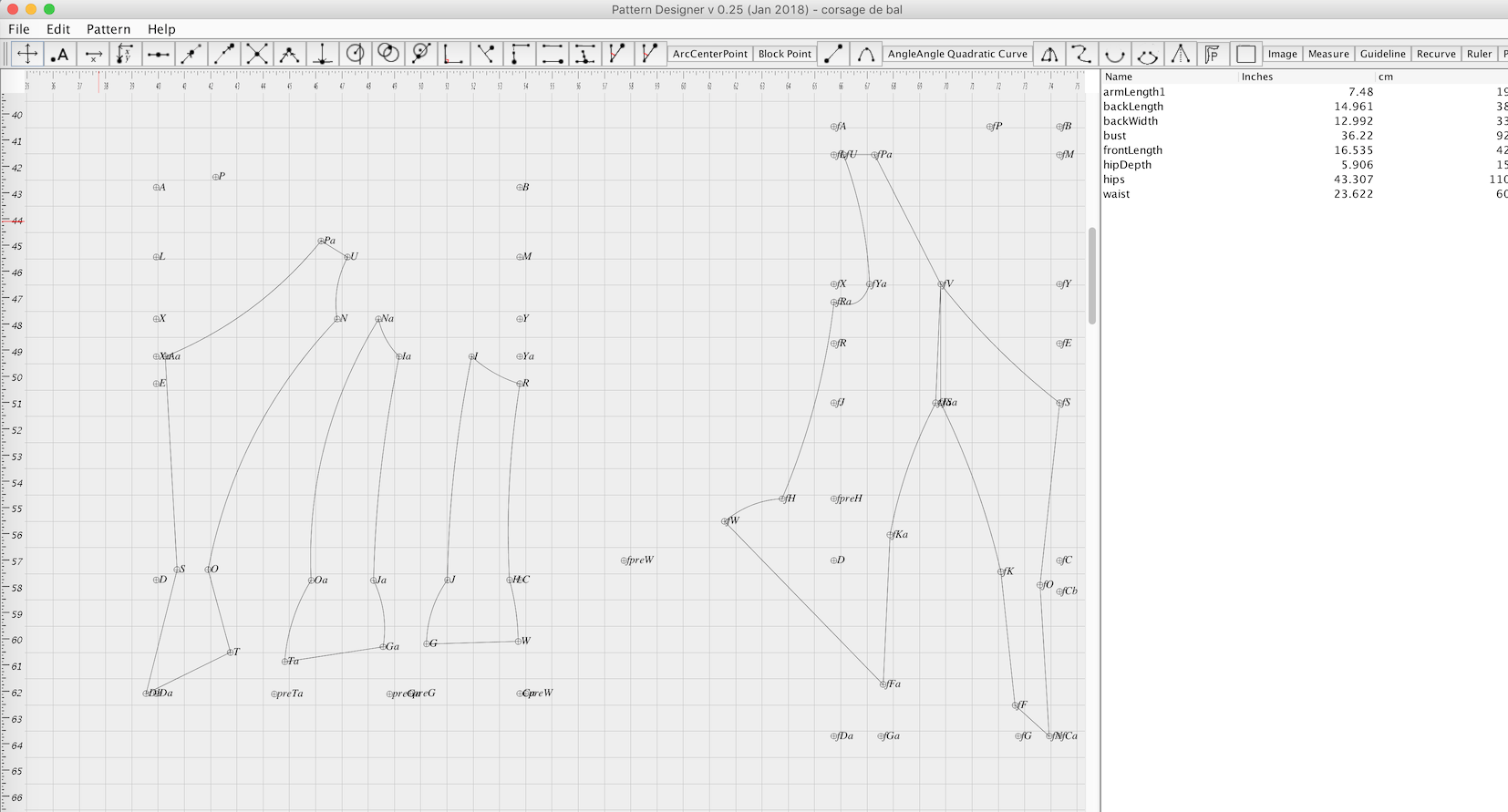In the latter half the 19th century, there was an explosion of books dedicated to the art of pattern drafting, purporting to make dressmaking into a science.
For instance:
The System of Garment-Drafting is based upon the world-renowned and universally acknowledged and received principles of measurement and drafting, honored and common to all the most eminent and learned French and Prussian, as well as English and American tailors and connoisseurs in the art and science of garment-cutting. And they are no longer problematic, but have been mathematically proved by scientific square-measurement, to correct scientific bone and circumference; measures of the human form and they furthermore represent the science, experience, and practical wisdom of centuries, they have long been practically tested and used—as given—by the author, through an extensive and varied experience and they have been found to invariably produce the same absolutely accurate result under all circumstances, and under every conceivable complication of form and garment possible. The author has therefore no hesitancy in announcing to the public, that the principles of garment-drafting, as systemized and herein taught, are invariably, absolutely, and mathematically perfect— in the broadest and deepest sense of that term—when rightly understood and applied to absolutely accurate measures, and as given and taught. And he challenges the world to a successful scientific demonstration and practical contradiction of these claims. Christner, D. C. The international encyclopedia of scientific tailor principles, for all kinds and styles of garment-making. Philadelphia [S.M. Larzelere, printer], 1885
Such displays of haughtiness are fairly common within the crowded market for vade-mecums, along with threats against plagiarist and book pirates.
Other writers were a bit more down to earth:
But the success of my system in which I take the most satisfaction is the assistance it has given to hundreds and thousands of young women who have had their own way to make in the world, and with whom real friends have been none too plenty. This system has been their best possible earthly friend, by enabling them to help themselves and secure personal independence. How many of these young women, who have been brought from a state of dependence to self-respect and usefulness, have confessed their indebtedness to the system which I have by years of patient study prepared for them. It is indeed a deep satisfaction in my years of maturity, that my life-work, with all its wearying toils, has been of real benefit to so many struggling young women, whom my own experience has taught me to regard with heartfelt sympathy. Brown, H A. Scientific dress cutting and making, “The Harriet A. Brown system,” simplified and improved; directions for its use. Boston, 1902
But the real reason I’m attracted to these systems is that they can be computerized, providing a diverting problem for learning new computer languages, as well as generating customized patterns for sewing.

This is a program I wrote in Java/Swing. At some point I would like to rewrite large portion of it to use JavaFX, as well as providing more CAD like features (like layers). I happen to have a javascript version of the code, and I’d thought it would be fun to illustrate my research on the web.